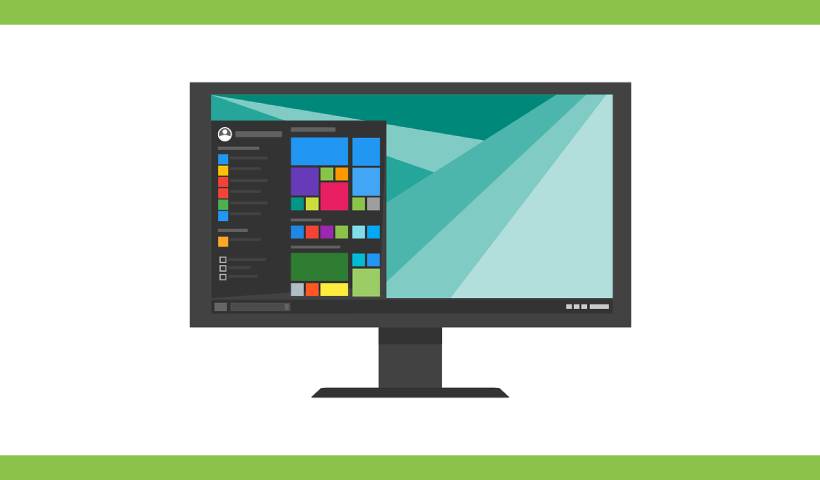When it comes to technology and computers, the term “operating system” is used repeatedly. But what exactly is it, and what do you need it for? The question in itself is justified, even if the word itself already gives a rough explanation. It can also be said that we have all had to deal with it at some point and that the end-users are partly involved in the development.
To come back to the main question: An operating system (also known as OS for “Operating System”) is a system that is responsible for the functioning of a device. It establishes the connection between the hardware and the applications that are written for it. Without the OS, system resources such as main memory or various output devices could not be managed.
Explanation Using a Computer/Smartphone
It sounds a bit confusing at first, but in reality, it’s not that bad. Especially not if you explain it using a computer or smartphone. It starts with the fact that the most powerful operating systems come from Microsoft (Windows), Apple (macOS and iOS), and Google (Android). For example, if you buy a new laptop, Windows 10 is preinstalled on it. The buyer only has to set up the equipment and install programs and surf the Internet. But some models don’t have a system. In such a case, the operation is impossible, and a corresponding error message appears on the screen. This means that no OS is installed on the hard drive, and therefore no start can be made.
The way it works is the same with a smartphone. The only difference is that these operating systems (iOS and Android) are optimized for smaller displays. In addition, there is the operation via touchscreen, and this factor must also be taken into account.
You can also put it another way: the hardware cannot do without an operating system, but it is also the other way around. In such a case, the hardware is not managed, and the operating system cannot be installed without hardware.
Every Device Needs an Operating System.
Most associate an operating system with a computer or smartphone. But appearances are deceptive. For example, ATMs are also used with them. You don’t see it because the software that has been optimized for this is used as a full screen. It’s no different with readers for cars and coffee machines.
Installation By End-Users Is Also Possible.
An operating system consists of a kernel. In addition, special programs are used that, for example, load the device drivers when the device is started. In terms of design, the software developers have a free choice, which can be seen, for example, in a direct comparison between Windows 7 and Windows 8. While writing such software has to be learned, it is also possible for end-users to install it. To do this, you load the operating system onto a DVD or a USB stick, start from this medium, and run the installation on the hard drive over it. That is also the reason why you can even buy PCs without a preinstalled system. The subject is a bit more complicated with smartphones, but intelligent technicians don’t have any problems with that either
Conclusion
An operating system makes a technical device usable in the first place. It controls the individual components and provides the user with a graphical interface. You can see something through this and use the preinstalled programs (such as Windows Explorer).
